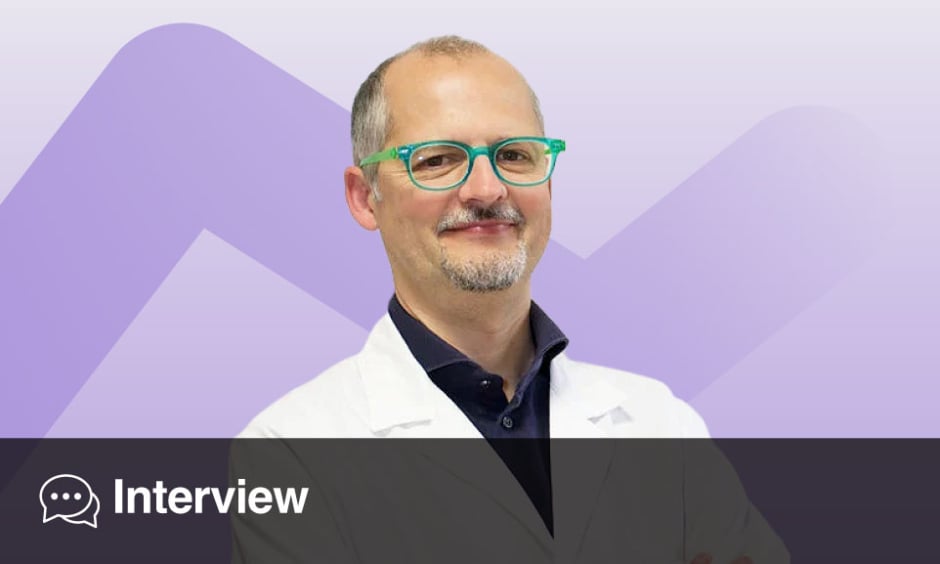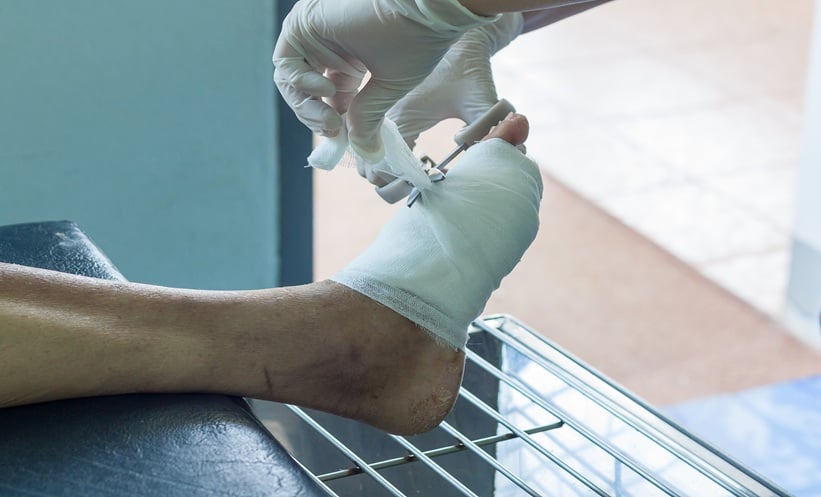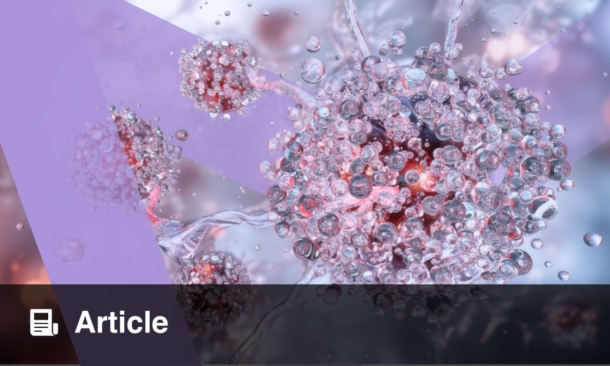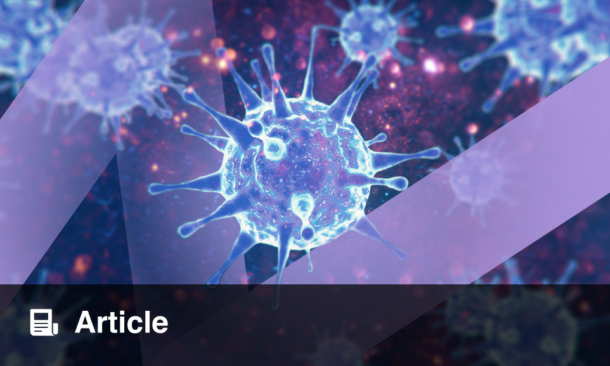Lorenzo Piemonti | Director of the Diabetes Research Institute and Clinic Unit of Regenerative Medicine and Organ Transplants, IRCCS Ospedale San Raffaele, Milan, Italy
Citation: EMJ Diabet. 2025;13[1]:66-69. https://doi.org/10.33590/emjdiabet/KTFA3368
![]()
You’ve built a remarkable career between clinical care and cutting-edge scientific research. How have you managed to balance the demands of being both a practising physician and an active scientist, and how do these different perspectives help you in your day-to-day work?
This is a very good question. I think I am what we call a ‘physician scientist’, someone with a strong clinical background who completed a Doctor of Medicine degree, but also spent a lot of time doing research. This puts me in a position to examine cell cultures, study mice in a laboratory, and see patients in the clinic. Generally, there is no structured way to do this. To clinicians, you are not a clinician, but you are a scientist. To scientists, you are not a scientist, but you are a clinician. So, you are always in the middle, and this can create some problems.
If you think about how healthcare is evolving, and just see medical doctors as the interface between a guideline and patients, then it’s a role that, in my opinion, will disappear if you have no strong commitment to knowledge and research. With the coming of AI, ‘the doctor’ as we know it will probably disappear. In my opinion, evolution means that medical doctors should always also be scientists. To combine these roles, you have to work a lot, more than if you were only a scientist or only a physician.
You’ve held major roles in academic, clinical, and international research communities. How important is global collaboration in accelerating progress in diabetes care, and where do you see the biggest opportunities for synergy?
This is the only way to go. People often have an old picture of science; one genius changing the world alone, like Einstein. That may happen once every 100 years. For us now, science is an ecosystem of technology, knowledge, and people. No one person can do everything. A good idea remains an idea without the ability to apply it, and you can’t hold all the knowledge yourself, so it’s impossible. You must create a web of collaboration, openness, and relationships. Competition exists because it’s normal, but to achieve results, we must be synergistic, which is not always easy.
So, science must be international, collaborative, and visionary, despite patents, politics, and economics. COVID-19 is a fascinating example of this. In around 1 year, we, as a scientific community, were able to gather an enormous amount of knowledge on a new disease and provide vaccines and therapies. Why? Because all those people with different roles and different knowledge supported this research for a year. Imagine if we could choose one disease every year, and all decide to work on it together. I’m sure that this could be a successful approach. The point is that when you have a pandemic, this is easy, and everyone starts to move in the same direction, but in a normal situation, it’s difficult. COVID-19 was an example of how powerful it could be to work together for a single disease.
At the Scientific Institute of Research, Hospitalization and Healthcare (IRCCS) San Raffaele Hospital, Milan, Italy, you lead both foundational research and clinical application in diabetes and regenerative medicine. How do you prioritise the translation of research into tangible, patient-centred outcomes? What helps to bridge this gap?
This is difficult because it depends on many factors, and there is no one answer. It depends on the field; whether you’re working on cell therapies, biomarkers, or screening, they each follow a different path. But now, we try to apply the quality by design approach. In my opinion, this is the best way to work in translation.
However, it isn’t easy. Scientists are always in love with their work, and they sometimes forget the final point of the research. That passion is good, as it allows innovation and vision, but if you want to reach patients, it makes things more complex. You have to start with the end goal, then work backwards to make the process feasible, scalable, and sustainable.
Treating one person versus treating one million people is very different. The same system isn’t scalable. Think of the moon landing, which involved thousands of people, years of work, and massive budgets to get one person there. But doing that every day? Completely different. The principle still applies, but the translation doesn’t. For example, gene-editing embryos to reduce future disease risk sounds promising. But to apply it, every child would need to be conceived via IVF. That’s not feasible now, and maybe it never will be, for ethical, emotional, and economic reasons. It might be used in rare, high-risk genetic conditions, but not broadly. In diabetes, we hear about building bioengineered pancreases. I once spoke to engineers who designed a 10 cm cube to be implanted. But that’s not something you can realistically put in a person. So again, you must begin with the patient and design from the endpoint backwards.
That’s what quality by design means: bridging the gap between brilliant science and real, patient-centred outcomes. It’s a challenge, but it’s the only way forward.
Immune rejection remains a major hurdle in islet transplantation. Which emerging immune-modulating strategies show promise in extending graft survival? Are there any that might reduce or eliminate the need for long-term immunosuppression?
This is a very hot discussion in our field. In β-cell replacement, there are three main immune-modulating strategies under evaluation.
The first is the barrier strategy, like encapsulation, involving macro, micro, or other structures that can isolate cells from recognition by the immune system. This is a relatively old concept, studied for around 40 years with various biomaterials and strategies. Until now, there has been no evidence that it works in humans. Biomaterials are evolving, so maybe new ideas will emerge in the future, but I’m not a fan. As I say, ‘cells don’t like to stay in a plastic bag’: unlike drugs, cells need to be biologically integrated with the host. Endocrine hormones are messengers, and messengers need a connection, not just a presence in their host body.
The second is making the cells invisible to the immune system. This is not impossible, but the immune system is complex, having evolved over millions of years, so it’s hard to escape. However, with gene editing, we can do a lot. The main approach is knocking out major histocompatibility complex (MHC) Class I and II molecules, which are the first messengers for immune recognition. This gives you cells that lack the usual MHC expression. It’s promising, but not enough, as immune recognition also involves natural killer cells and polymorphic markers, among others.
To combat this, we look at how tumours and viruses escape the immune system and apply those strategies to β-cells. In some candidates, it’s looking quite efficient. There is already one case of a patient for whom, after 12 weeks of observation and with only a couple of modifications, immune escape may be possible. This work was presented at the recent International Pancreas and Islet Transplantation Association (IPITA) Congress in June 2025.
The third and final approach is inducing tolerance, either central or local, to educate the immune system to avoid recognition of these foreign cells. This is complex, especially in Type 1 diabetes, where immune education has already led to disease. Some strategies exist involving the use of CAR-T regulatory cells to induce local tolerance at the level of local tissues. These strategies are showing promise, with successful trials in monkeys and the beginning of clinical trials in humans.
Overall, a regenerative approach, especially with allogeneic cells or in autoimmune settings, must address immune rejection. New antigens can also be introduced during gene editing or reprogramming, which brings regulatory challenges. This is a key frontier, and diabetes may be the first field where these immune strategies succeed in practice.
What scientific breakthroughs are most urgently needed to integrate β-cell replacement or stem cell-derived therapies into standard diabetes care over the next decade? Is there anything ongoing at the moment that can help this to take place?
The major challenge for us now is scalability and sustainability. We already know that β-cell replacement and stem cell-derived therapies can work, so we have proof of concept. As I said before, the issue is no longer whether we can treat one person, but whether we can treat millions. To do that, we need to make the production of these therapies scalable, ensure quality control at every step, and reduce costs so that the treatment is sustainable on a large scale.
Scientifically, many solutions are already emerging, but they’re still too complex and expensive for widespread clinical use. This is where the quality-by-design approach becomes essential. We need to automate differentiation and reprogramming processes, increase their efficiency, and ensure safety, because fundamentally, cells are living drugs, and unlike traditional drugs, they can survive, evolve, and interact in unpredictable ways once inside the body. This adds a layer of complexity and risk.
Cost is a major limiting factor. Even in well-resourced healthcare systems, it’s becoming harder to ensure access to standard care, let alone cutting-edge therapies. Our goal is to cure all people with diabetes, not just a select few. But if we don’t address cost, we risk creating systems where treatment is decided not by clinical need, but by financial or social factors.
Science can offer the tools for a cure, but it’s society that must choose how to implement them fairly. That choice of how to ensure equitable access is just as important as any scientific breakthrough.
From your research into precision medicine, how is a more individualised model of diabetes care emerging? What are the expected impacts on clinical decision-making and patient outcomes?
Precision medicine in diabetes is evolving rapidly, moving far beyond a purely genetic model. Initially, it was largely about understanding which genetic variants influenced disease risk or treatment response. We now recognise that genetics alone is not enough. Diabetes is a complex condition, strongly influenced not only by biology but also by lifestyle, culture, environment, and even socio-economic factors.
We’re beginning to talk more about the exposome: everything an individual is exposed to in daily life, from what they eat and breathe, to the stressors and social dynamics that shape their health. In this context, precision medicine is less about isolated biomarkers and more about seeing the full picture of a person’s life. The same drug can produce very different outcomes depending on someone’s behaviour, education, or support network. Today, we have hundreds of therapeutic combinations available in diabetes, whereas decades ago, we only had two or three. But precision medicine only exists if you have a choice. If there’s one drug, there’s no need for a tailored approach. With greater options comes the responsibility to make smarter, more personalised decisions.
This requires doctors to move beyond a guideline-based model. Precision care isn’t just about matching a therapy to a phenotype; it’s about understanding the person. In fact, if doctors are only applying algorithms, AI may soon outperform them. The future of medicine demands clinicians who can integrate science with empathy, biology with behaviour, and guidelines with lived experience.
Ultimately, we need to train doctors who are not just medical experts, but also humanists capable of seeing and treating the whole individual. That’s what precision medicine really means. Not just individualised treatment, but individualised care.








